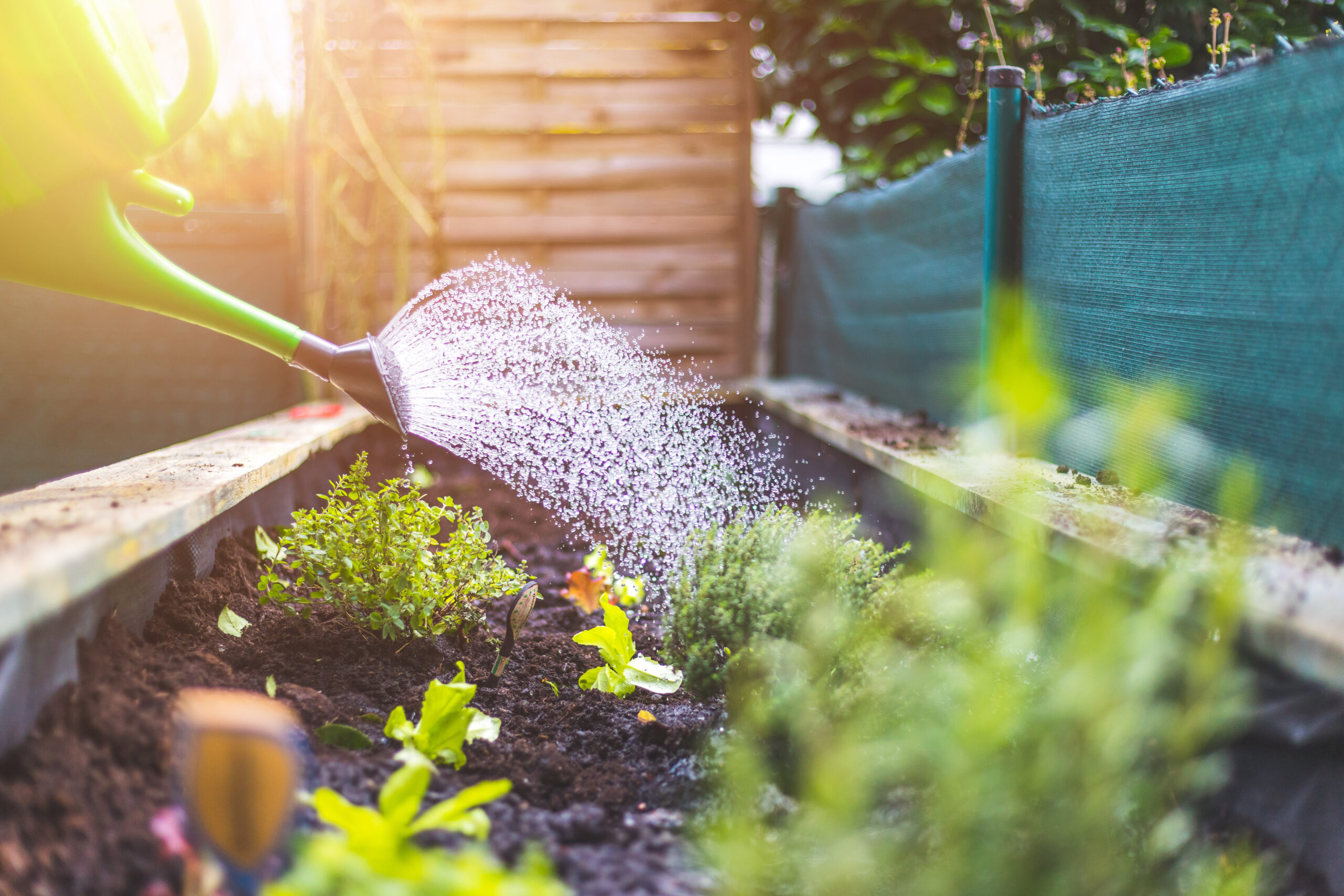by Kenan White | Jan 13, 2022 | Basics, Books & Design, Flowers, Gardening, Herbs, Inspiration, Miscellaneous, Wildlife |
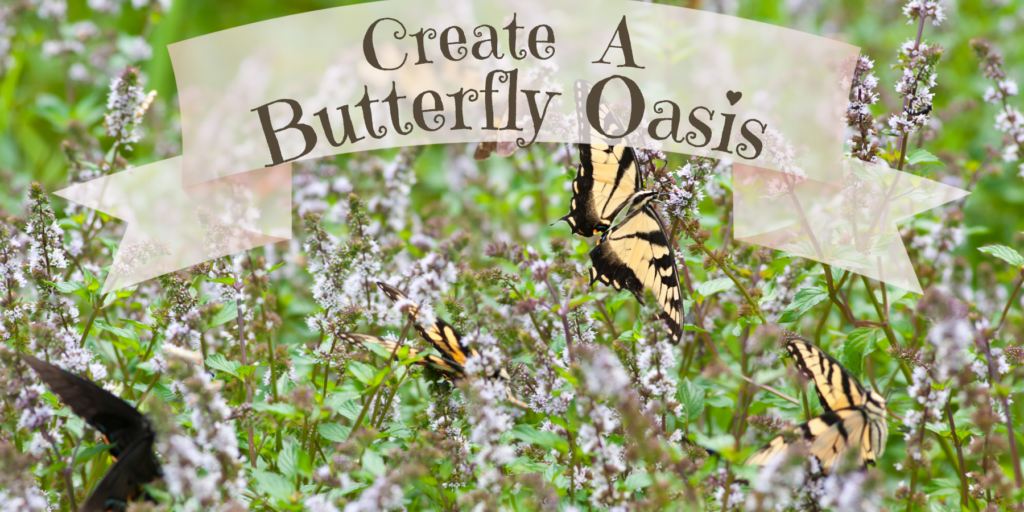
Butterfly gardening can be a wonderful way to experience wildlife in your garden, encourage pollination, and it takes very little maintenance, giving you more time to enjoy the beauty of watching butterflies flock to your plants. Many people who have maintained a butterfly garden for such a long time actually enjoy having visitors to come and look at their creation. This is also a great way to give back to your local ecosystem, as many natural habitats for butterflies and other pollinators have been destroyed by urban development and human interference. We always let about half of our test garden go wild in the summer, in addition to the many flowering shrubs and trees throughout the yard, to give butterflies a safe place to feed and lay their eggs. This is common practice, and we let this happen until the flowering shrubs and trees start to become an issue.
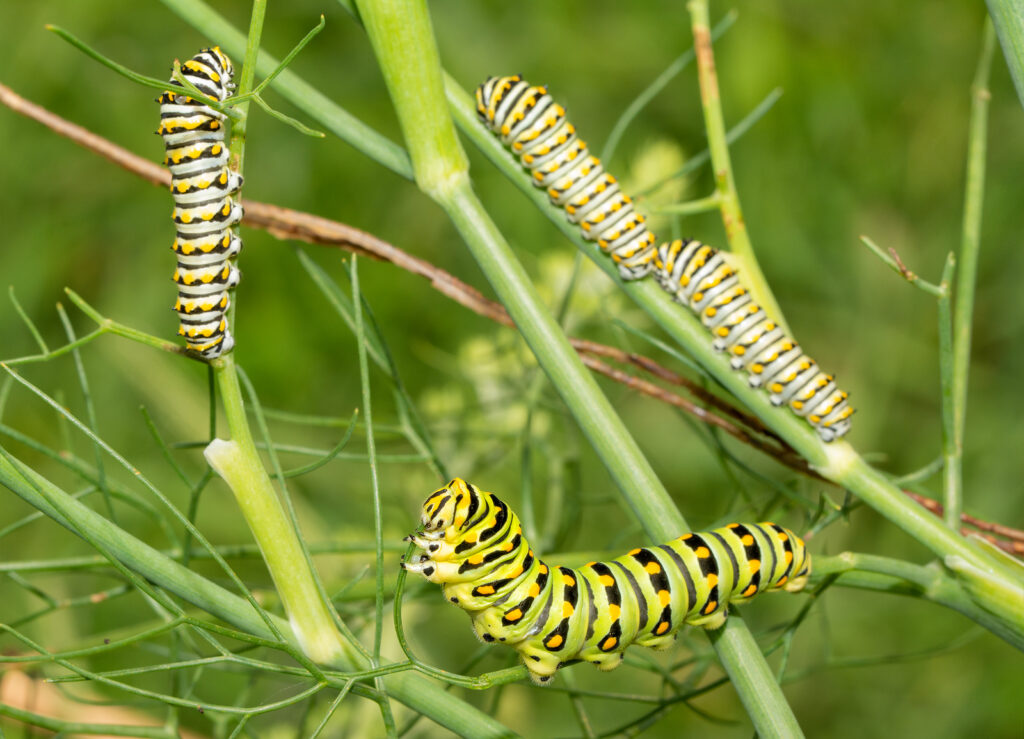
Here’s a wonderful photo showing a Fennel plant hosting Eastern Black Swallowtail butterfly caterpillars
In planning your butterfly garden, make sure to plant plenty of host plants and feeder plants. Host plants are specific herbs, flowers and other plants, that mature butterflies lay their eggs on because they create a safe haven for their young who will also feed on these plants once they become caterpillars. Be aware that these plants will be the sole food source for caterpillars, so it will be pretty heavily snacked upon. Because these may look rather ragged by the time the caterpillars are done munching on them, you may want to add these to the back of your garden, but still close to feeder plants so that the caterpillars are able to find them easily in their next stage of life. Some common host plants include Fennel, Italian Flat Leaf Parsley, Dill, Broccoli, Sunflowers, and Butterfly Flowers (also known as Milkweed).
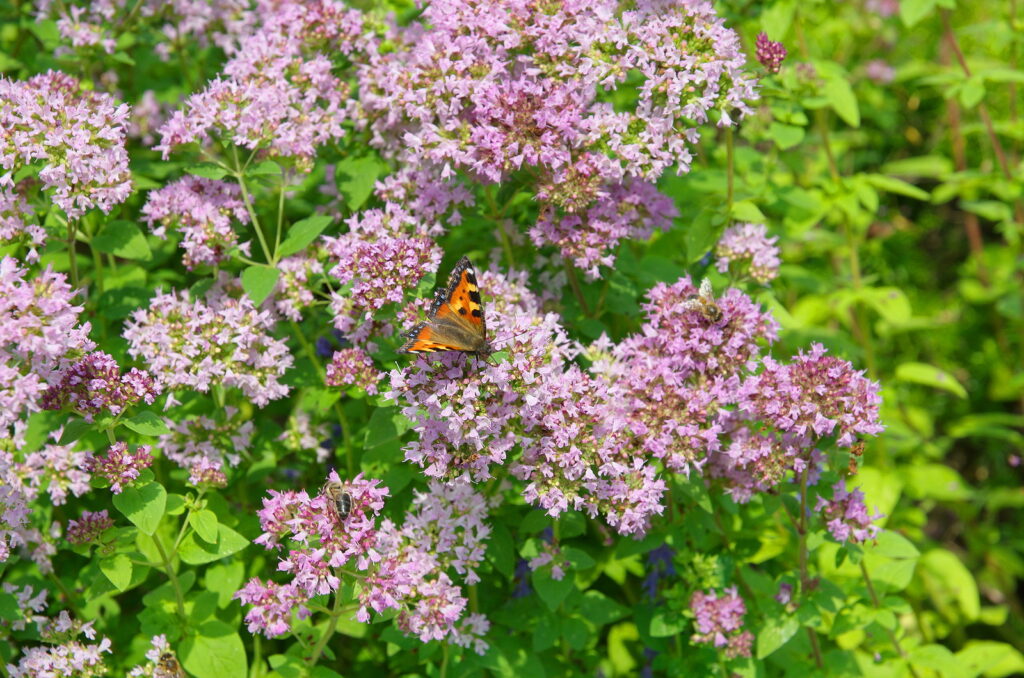
Butterfly on the flowers of oregano (lat. Origanum vulgar)
Feeder plants are nectar rich plants that adult butterflies will feed on throughout the season. These will also attract other helpful pollinators to your garden like honeybees and hummingbirds! Feeder plants tend to be fragrant and brightly colored, and you may be surprised to find that you already have many in your garden already. Some common varieties from our garden include Lantanas, Buddleias (also known as “Butterfly Bushes”), Joe Pye Weed, Bee Balm (Bergamot), Garlic Chives, and Oregano.
- Remember to plant your perennial butterfly plants toward the back of your garden and your annuals toward the front, for easy seasonal replacing.
- Don’t forget to incorporate herbs into your butterfly garden! Many herbs are perennial and will provide you with a safe haven for caterpillars and beautiful blooms when they flower. You can also use them in many other ways!
- Choose an area that is protected by the wind, as butterflies are delicate and don’t want to fight strong breezes to feed.
- Provide a water source, such as a birdbath or a shallow bucket filled with water with sand in the bottom.
- Avoid using pesticides on your plants as these will harm the butterflies and their young.
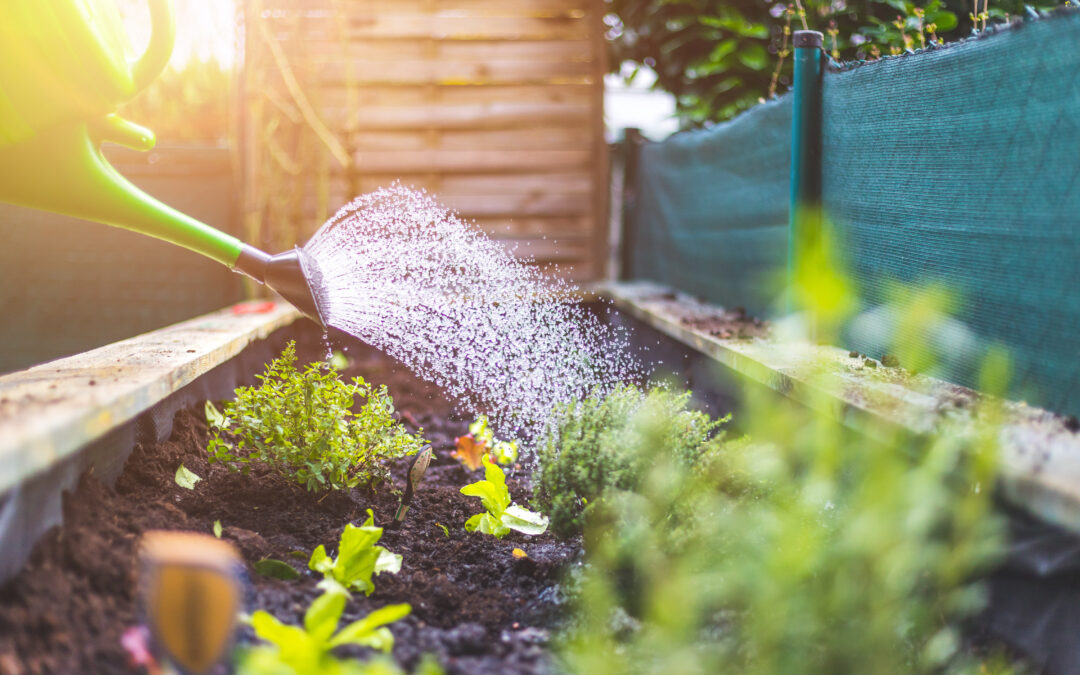
by Herb Exchange | Jul 14, 2020 | Culinary Herbs, Herbs, Indoor Gardening, Inspiration, Tuesday Tips |
Spring: The Fickle Season
Ah, Spring ~ the fickle season. Bringing us out on a lovely day then slapping us back inside with an unexpected snowstorm. “Cover the__” – {you can fill in the blank!} And on the other side of spring, another lovely day followed by a scorcher “Water the __” {and fill in the blank!}
Spring is such a frenzied time for a gardener, and so many of us, tired of the dreary winter, tend to jump the gun and live to regret it. Yes, even veteran gardeners give into emotion when we see all of those bright annuals luring us into the garden center in March. What we don’t see, however, is their weary staff trying to hustle carts back into the greenhouses in the evening after a snap frost has been forecasted. Or, planting early when the soil is still cold, being frustrated by no growth.
Fall: The Stable Season
Let’s talk about the less emotional side of autumn. If Spring is a drama queen, then Fall is the more stable sister season; less intense in terms of mood swings. We glide into cooler days, cooler air temperatures are easier of plants, the soil remains warm and allows roots to grow longer than the spring, up until a freeze. Plants can devote their energy to growing tough, strong and healthy root systems. Harvesting herbs in the fall is a joy. The sun is less intense in the fall, and not only is that better on the plants, what about the gardener?
Fall Planting Is For The Grower Too
Right now, in mid-summer in Zone 7A, I find myself gardening in the very early morning and harvesting late, almost dusk. It’s hot and humid in my garden, and I’m at war with all of the pests and diseases and weeds that are just waiting to invade. Honestly, gardening in July is a challenge.
In autumn, your biggest challenge is keeping those pesky falling leaves at bay with a leaf blower, but one the biggest advantages is the lack of insects. Give me the cool and pest free days of autumn. Sure, there are mosquitos and a few other challenges, but I’m much better equipped to deal with them in autumn. Right now, they just make me cranky!
As we begin growing our Fall Crop, over 150 different herb plants, we turn our attention to helping our customers understand the value of growing in autumn.
Many culinary herbs grow best in the fall season. Take some time to review the plants we offer, think about your own wants and needs in both fall and spring … and summer, and realize that planting these herbs in the fall not only gives them the best start, but it provides you with both a fall and spring/summer crop as well as gives you the opportunity to garden at what we think is the BEST time of year!
The Beauty of Fall
Following the progression of the seasons and anchoring us to nature’s rhythm, even if we can only follow a few moments a day. But those few minutes are enough to relax our thoughts, lower our blood pressure and give us a restart; recharging us to take on the day! We at The Growers Exchange believe everyone should have their own little garden spot, no matter how big or small. Whether you have ten acres or ten inches, we know how important gardening can be. Your outdoor plot or indoor pot can sometimes be the only oasis in a busy day of fast paced living. We applaud your green thumb, and if you have one, we have an interesting assortment of plants, we can help beginners, and as always, we send healthy, well rooted plants. Our success depends on your garden success; we want to help you grow!
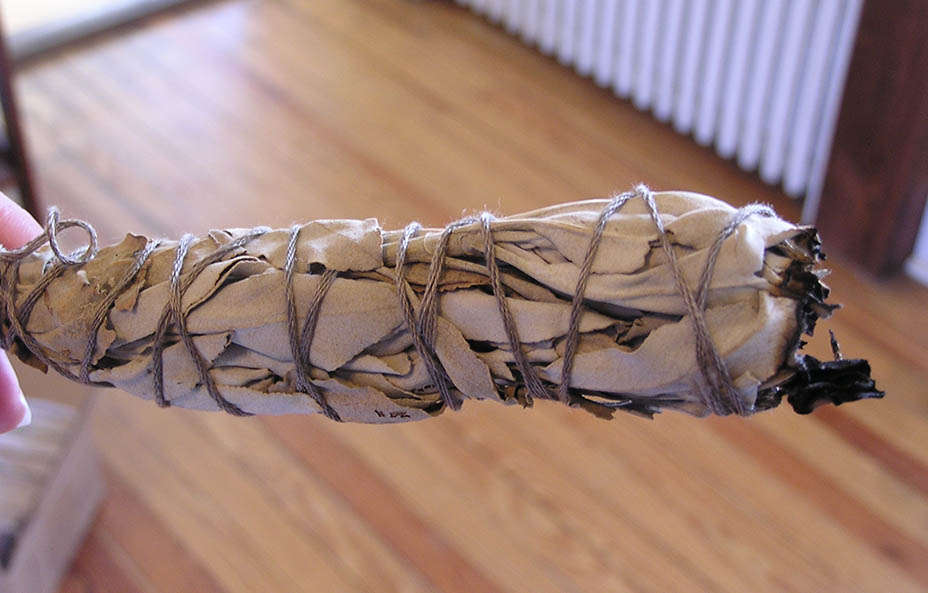
by Briscoe White | Sep 2, 2019 | Herbs, Inspiration, Miscellaneous |
What is a White Sage Cleansing Stick?
Have you ever seen someone burn a rustic-looking bundle of dried herbs to cleanse their new home or work space? Well, that herb was most likely white sage. Though some people may find this practice a little odd, burning sacred herbs as a safeguard against evil or negative energy actually dates centuries back, to Ancient Babylonian practices. In most recent history, Native Americans continued this ritual throughout North and South America, and burnt this culturally-sacred herb to ward off negative energy and rid their homes and temples of bad spirits. The botanical word for sage, ‘Salvia’, actually comes from the Latin words, meaning “to heal”, and its medicinal properties as well as its natural ability to repel insects (like ladybugs), is probably at the root of its mystical history. (more…)
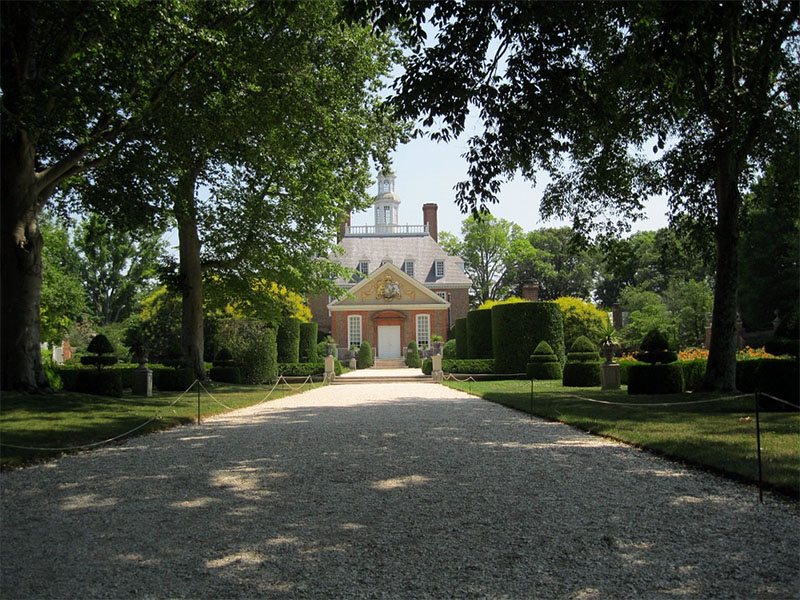
by Herb Exchange | Jan 23, 2018 | Inspiration, Miscellaneous |
As much as I love growing herbs, I really love talking about them. And, believe it or not, I get lots of nice invitations from lots of nice folks who don’t mind listening to me ramble for an hour or two. My last show was for a group of truly dedicated gardeners at the Williamsburg Botanical Garden. So, if you remember your American history classes, right around my farm is the birthplace of our nation. Jamestown! We even have a little competition going on about the site of the first Thanksgiving; in theses parts, we claim it was at Berkeley Plantation, a mere 20 miles down the road. But, I digress…
Bottom line: if you are speaking to a group of gardeners in Williamsburg, you better be prepared to toss in a bit of history so here goes; as the early settlers began to colonize these shores, herbs were among the most important cargo. Herbs for healing, herbs to improve the flavor a what would be considered a very bland diet, and herbs to disguise the smells that were a part of poor sanitation as well as spoilage. Herbs were vital to the establishment of a thriving colony. (more…)
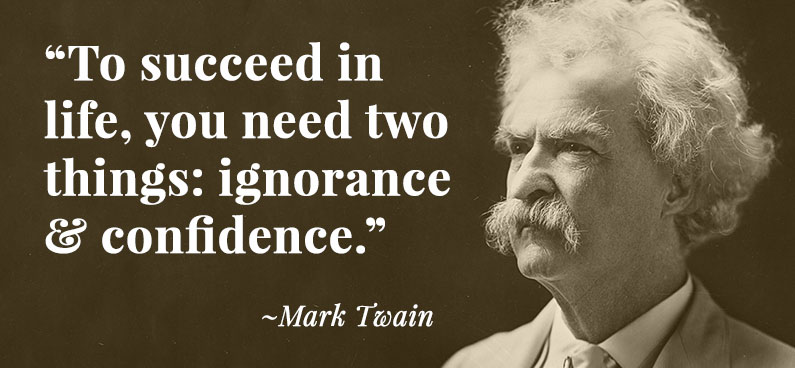
by Herb Exchange | Mar 8, 2017 | A Year in the Life.., Inspiration, Miscellaneous |
“To succeed in life, you need two things: ignorance and confidence.”
–Mark Twain
Couldn’t have said it better myself However, I’d say it a bit differently:
“If I knew then what I know now, I may not have ever tried”
–Briscoe White
Which is just another way of saying that I was didn’t realize how much I didn’t know, but I had the confidence (and stupidity) to just keep going.
The easy part was the first 20 years; gave up a promising career in my mid twenties, but at that point, I had nothing to lose and I didn’t really like my job anyway. No kids, no mortgage and some crazy ideas about making a living by doing what I loved. That pretty much worked for 2 decades. I had a thriving store, great employees, wonderful customers and greenhouses that pumped out plants that people wanted to buy. I’m not saying it wasn’t hard work, but it was a helluva ride. Spring and fall, we worked like mad. Summer and winter, we sat back and occupy ourselves with travel, vegetable gardens, a bit of hunting and raising a bunch of kids. (more…)
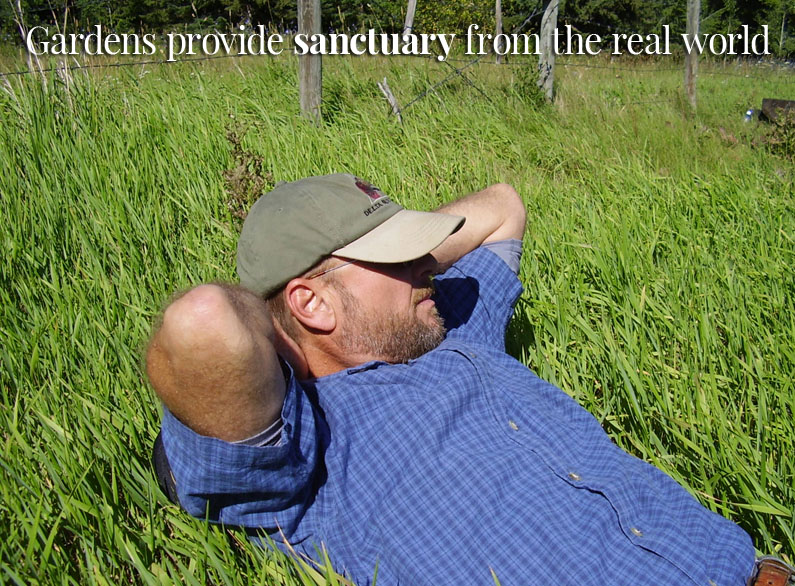
by Herb Exchange | Jan 1, 2017 | A Year in the Life.., Gardening, Inspiration, Miscellaneous |
There is nothing new under the sun ~ 20 years ago, I took Dr. Andrew Weil’s advice and put myself, and my family, on a restricted ‘news diet’ to lessen the anxiety and tension of whatever was considered ‘bad news’ back then. Listening to what passes for ‘the news’ can easily send one into a downward spiral! How much not so good news can one take before depression sets in? I have found that taking news in small doses once or twice a week is about all I need and all I can stand to hear. And, I’m pretty picky about who I let give me that news ~ the less biased the better.
I’m a critical thinker, and please do me the favor of NOT EDITORIALIZING – ‘just the facts’. I’m old enough to remember when the news came in to our house, for about 30 minutes each weekday evening, and we considered ourselves well informed. I’m convinced that too much of a bad thing is bad … it can really warp your thinking and distort reality. Yes, there are a lot of bad things out there, but you know what, there are a lot of good things too. And, we have weathered a lot of tough times over our history (which goes back a very long time) and we are still here and kicking! (more…)





